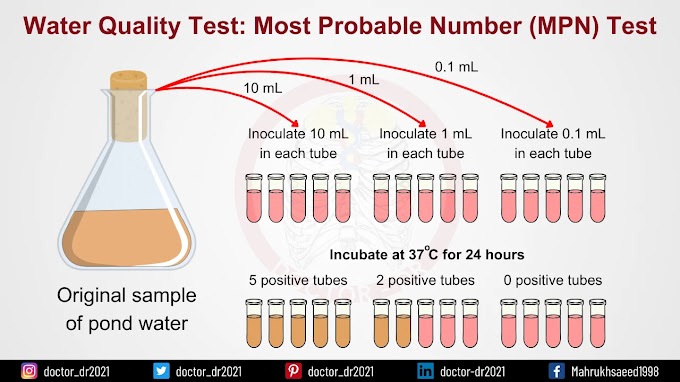Helicobacter pylori, commonly known as H. pylori, is a bacterium that resides in the stomachs of over half of the world's population. Its existence in our digestive system is a paradox, as it can be both a silent tenant and a potential harbinger of gastrointestinal diseases. This microorganism has been implicated in various stomach-related disorders, including peptic ulcers—an ailment that is believed to have plagued the famed author James Joyce. Understanding H. pylori's role in our stomach's ecosystem is crucial for recognizing and managing its potential threats.
Understanding H. pylori
H. pylori is a gram-negative bacterium characterized by its curved rod shape. It possesses two to six flagella at one end, which enable mobility. Its survival within the harsh acidic environment of the stomach is facilitated by its unique adaptations, including urease, oxidase, and catalase positivity, alongside its microaerophilic nature, requiring lower oxygen levels for survival.
Stomach Anatomy and H. pylori's Habitat
The human stomach is sectioned into the cardia, fundus, body, and pylorus, with H. pylori primarily favoring areas with less acidic pH levels, such as the antrum section of the pylorus. The stomach's lining, or mucosa, consists of three layers: the epithelium layer, the lamina propria, and the muscularis mucosa. Each plays a pivotal role in digestion, with various cell types secreting essential enzymes and chemicals, including hydrochloric acid by parietal cells and pepsinogen by chief cells.
Pathogenesis of H. pylori
Transmission of H. pylori can occur through several routes, including fecal-oral, gastro-oral, and oral-oral pathways. Upon entering the stomach, H. pylori migrates towards less acidic areas, adhering to the epithelial surface with its adhesin proteins. This adhesion process is crucial for its survival and proliferation, enabling the bacterium to evade the immune system and cause mucosal damage through the secretion of virulence factors.
The Impact on Stomach Lining
One of H. pylori's primary survival mechanisms involves the enzyme urease, which converts urea present in stomach secretions into ammonia and carbon dioxide. This reaction neutralizes the surrounding acidic environment, protecting the bacterium. However, this and other virulence factors can damage the mucosal lining, leading to inflammation (gastritis), ulcers, and in chronic cases, stomach cancer or mucosa-associated lymphoid tissue (MALT) lymphoma.
Symptoms and Complications
While many individuals with H. pylori infection remain asymptomatic, others may develop symptoms such as heartburn, appetite loss, and stomach pain, particularly after eating. In more severe cases, ulcers can cause bleeding, potentially leading to anemia or even life-threatening conditions if untreated. The bacterium's interaction with the mucosa and immune response can also disrupt normal digestive processes, exacerbating gastritis and ulcer development.
Diagnosing and Treating H. pylori Infections
Diagnosis of H. pylori infection can be achieved through various tests, including fecal antigen tests, blood titers, urease breath tests, and stomach biopsies. Treatment is typically reserved for symptomatic cases or those with a high risk of gastric cancers, employing a combination of antibiotics and a proton pump inhibitor—a regimen known as triple therapy.
Conclusion
Helicobacter pylori is a complex bacterium with a significant impact on human health. Its presence in the stomach can range from harmless to potentially life-threatening, depending on various factors including strain virulence and the host's immune response. Understanding H. pylori is crucial for early detection and effective management of related gastrointestinal diseases. Despite its potential dangers, ongoing research and advancements in diagnostics and treatment offer hope for those affected by H. pylori-related conditions.







